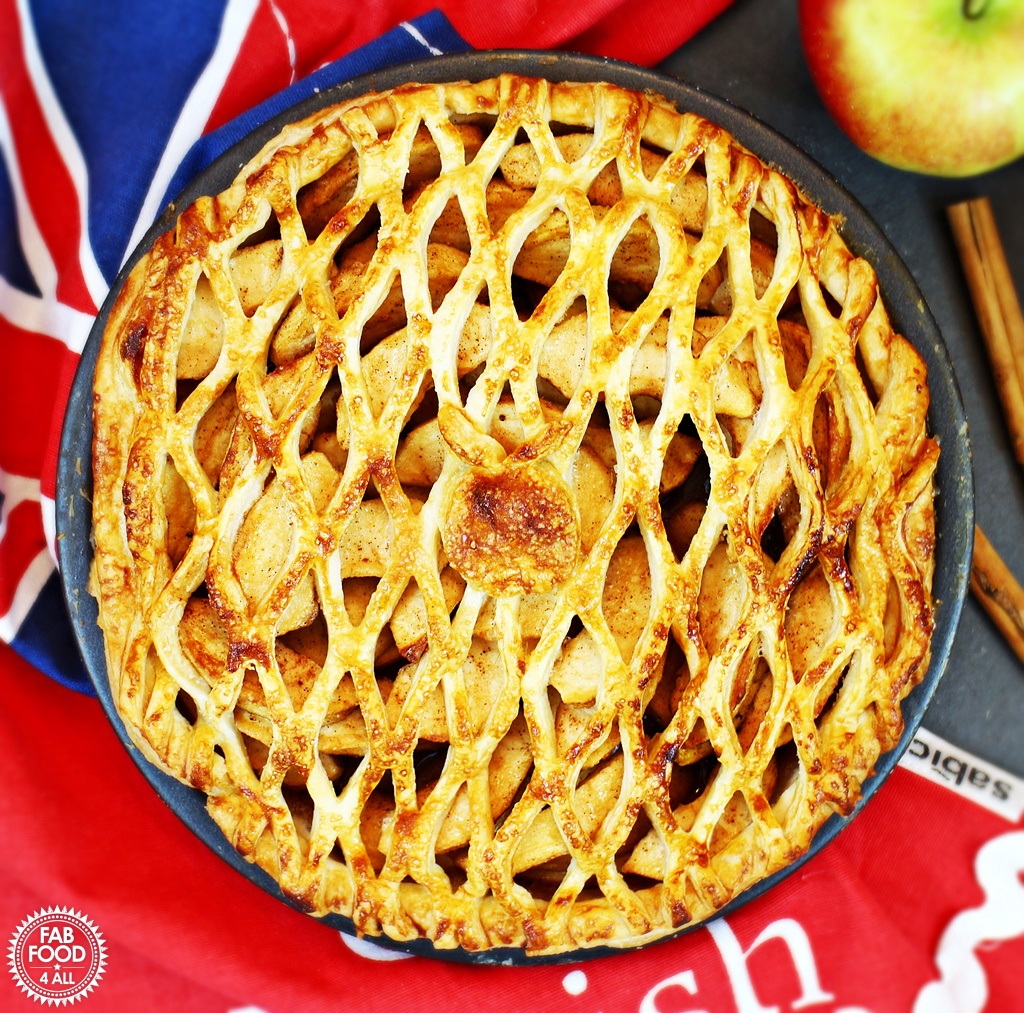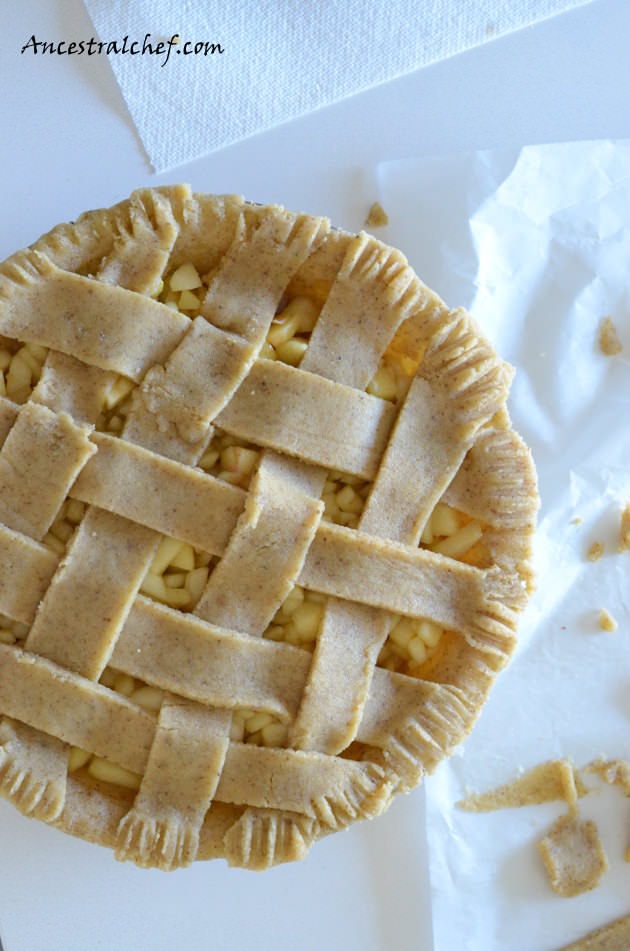

Heat the milk in a heavy-based pan over a medium heat to just below boiling point. Remove the pie from the oven and leave to firm up in the tin before removing to a serving plate. Check on the pie from time to time – if the lattice seems to be getting too dark, cover with foil. Sprinkle the preserving sugar over the pastry lattice.īake the tart on the pre-heated baking tray for 15 minutes, until the pastry has started to colour, then reduce the oven temperature to 180☌/160☌ fan/350☏/Gas 4 and bake for a further 25–30 minutes, until the pastry is golden-brown and the filling set. Once the lattice is in place, use the tin edge to cut off the strips by pressing down with your thumb, creating a neat finish. Lay the pastry strips in a lattice over the cherry filling: lay 5 strips going in one direction then weave the other 5 in and out at right angles (in the other direction), leaving the loose ends of the strips hanging over the edge of the tin. Brush the pastry strips with the reserved egg white, then brush the edge of the pastry in the tin with egg white. Pour the cherry filling into the pastry case and dot with the pieces of butter.Ĭut the remaining square of pastry into ten 2cm-wide strips. Use the chilled circle of pastry to line the tart tin, pressing it around the base and into the grooves. Cut the butter into tiny pieces and set aside. Mix the drained cherries, cornflour and sugar in a bowl, then stir in the cherry jam. Place a baking sheet on the middle shelf to heat up with the oven. Roll out the smaller piece of dough on the remaining floured baking sheet to a 20cm square. Roll out the larger piece of dough on one of the lightly floured baking sheets to a 25cm-diameter circle. Divide the dough into 2 unequal pieces of one third and two thirds. Tip out the dough onto a lightly floured work surface and knead it until smooth. Add more water, 1 teaspoon at a time, if the dough feels dry. Mix with a table knife or small palette knife until the dough starts to come together. Whisk the egg yolk, 3 tablespoons of ice-cold water and the vanilla together in a bowl, then drizzle the egg mixture over the flour mixture. Using your fingertips, rub the butter into the flour, until the mixture resembles fine breadcrumbs. Sift the flour into a bowl, then add the cubed butter. If you must have a pie chart in your GTL program, with SAS 9.3 you can.20cm loose-bottomed fluted tart tin Method GTL supports many options on Pie Chart, such as Groups, Other Slice, Start and so on. Here is another example of a good usage of a Pie Chart to view part-to-whole comparisons, where it is clear that more than half of all cars in the data set are Front-Wheel drive. In above graph, it is easier to see in the Pie Chart that more than 50% of the vehicles are Sedans. On the other hand, the Pie Chart is a useful tool for visualizing a "part-to-whole" relationship. Such comparisons between categories is easier with the Bar Chart.

For example, it is harder to determine just by looking at the pie chart whether the number of Wagons is greater or smaller than number of Trucks. In this example, the comparison of the number of vehicle between types are harder to make in the Pie Chart. In many cases, a good bar chart can be as good or better than a pie chart to visualize the data. This gets worse when these are not from a common baseline. As per the principles of visual perception, comparisons of magnitude are difficult when they are represented as an angular measure. The Pie Chart is not often used in the analytical community as it does not lend itself to accurate comparisons of magnitude among the categories. Also, both the Pie Chart and the Bar Chart use the GLOSS skin. This results in a "light weight" look that better matches the Pie Chart. In the graph above we have turned off the display of the "wall" for the Bar Chart, and kept only the tick values and grid lines for the Y axis. A REGION container also supports other components like Entries, Legends, etc. Other components that will be included in the future are Tile Chart (Tree Map) and node-link diagrams. The REGION container is used for components that do not have axes such as a Pie Chart. Note a new LAYOUT REGION statement is used with the PIECHART statement. Piechart category=type / dataskin=_skin datalabelcontent= (category ) Yaxisopts= ( display= (tickvalues ) griddisplay= on ) īarchart x=type / dataskin=_skin barlabel=false group=type name= 'a'

Layout overlay / walldisplay=none xaxisopts= ( display= (ticks tickvalues ) ) Layout lattice / columns= 2 columnweights= ( 0.6 0.4 ) columngutter= 10


 0 kommentar(er)
0 kommentar(er)
